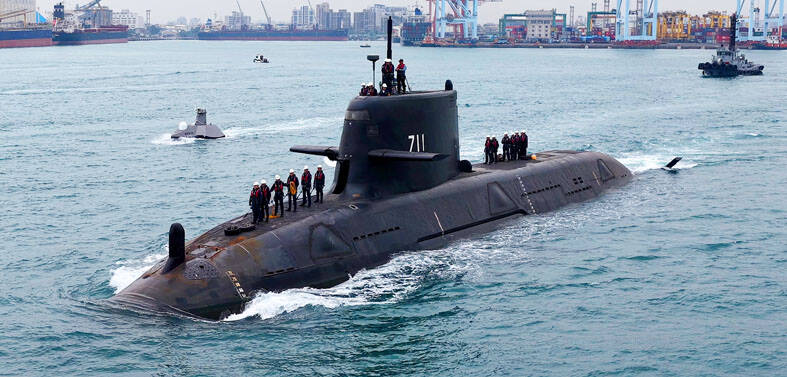A record-high 76.6 percent of the Taiwanese public sees China as unfriendly to the Taiwanese government, as well as Taiwanese (61.5 percent), the highest levels in 15 years, a Mainland Affairs Council (MAC) survey released on Thursday showed.
Taiwan attended the World Health Assembly, the WHO’s decisionmaking body, as an observer from 2009 to 2016, but has since been denied entry due to pressure from Beijing.
About 90 percent of respondents said that they were against China keeping Taiwan from joining the WHO amid the COVID-19 pandemic, as that directly affects the Taiwanese public’s right to health.
More than 70 percent felt that the government should exhort Beijing to end its political machinations against Taiwan at the WHO, the survey found.
On the issue of evacuating Taiwanese stranded in China’s Hubei Province, about 73 percent supported the government prioritizing disadvantaged people and disease prevention measures, it showed.
Since last year, the percentage of the Taiwanese public opposed to China’s “one country, two systems” framework has increased from 75.4 percent to 90 percent, the survey found.
Beijing’s continued suppression of Taiwan on the international stage has only led to heightened tensions across the Taiwan Strait, MAC Deputy Minister Chen Ming-chi (陳明祺) said.
Chen called on the Chinese Communist Party to recognize that its political claims are not realistic and to rationally weigh public opinion in Taiwan when developing its cross-strait policies.
The council commissioned the National Chengchi University Election Study Center for the poll, which was conducted via telephone interviews from Thursday last week to Monday. It collected 1,089 valid samples and has a margin of error of 2.97 percentage points.

US climber Alex Honnold is to attempt to scale Taipei 101 without a rope and harness in a live Netflix special on Jan. 24, the streaming platform announced on Wednesday. Accounting for the time difference, the two-hour broadcast of Honnold’s climb, called Skyscraper Live, is to air on Jan. 23 in the US, Netflix said in a statement. Honnold, 40, was the first person ever to free solo climb the 900m El Capitan rock formation in Yosemite National Park — a feat that was recorded and later made into the 2018 documentary film Free Solo. Netflix previewed Skyscraper Live in October, after videos

NUMBERS IMBALANCE: More than 4 million Taiwanese have visited China this year, while only about half a million Chinese have visited here Beijing has yet to respond to Taiwan’s requests for negotiation over matters related to the recovery of cross-strait tourism, the Tourism Administration said yesterday. Taiwan’s tourism authority issued the statement after Chinese-language daily the China Times reported yesterday that the government’s policy of banning group tours to China does not stop Taiwanese from visiting the country. As of October, more than 4.2 million had traveled to China this year, exceeding last year. Beijing estimated the number of Taiwanese tourists in China could reach 4.5 million this year. By contrast, only 500,000 Chinese tourists are expected in Taiwan, the report said. The report

Temperatures are forecast to drop steadily as a continental cold air mass moves across Taiwan, with some areas also likely to see heavy rainfall, the Central Weather Administration (CWA) said. From today through early tomorrow, a cold air mass would keep temperatures low across central and northern Taiwan, and the eastern half of Taiwan proper, with isolated brief showers forecast along Keelung’s north coast, Taipei and New Taipei City’s mountainous areas and eastern Taiwan, it said. Lows of 11°C to 15°C are forecast in central and northern Taiwan, Yilan County, and the outlying Kinmen and Lienchiang (Matsu) counties, and 14°C to 17°C

STEERING FAILURE: The first boat of its class is experiencing teething issues as it readies for acceptance by the navy, according to a recent story about rudder failure The Hai Kun (海鯤), the nation’s first locally built submarine, allegedly suffered a total failure of stern hydraulic systems during the second round of sea acceptance trials on June 26, and sailors were forced to manually operate the X-rudder to turn the submarine and return to port, news Web site Mirror Daily reported yesterday. The report said that tugboats following the Hai Kun assisted the submarine in avoiding collisions with other ships due to the X-rudder malfunctioning. At the time of the report, the submarine had completed its trials and was scheduled to begin diving and surfacing tests in shallow areas. The X-rudder,